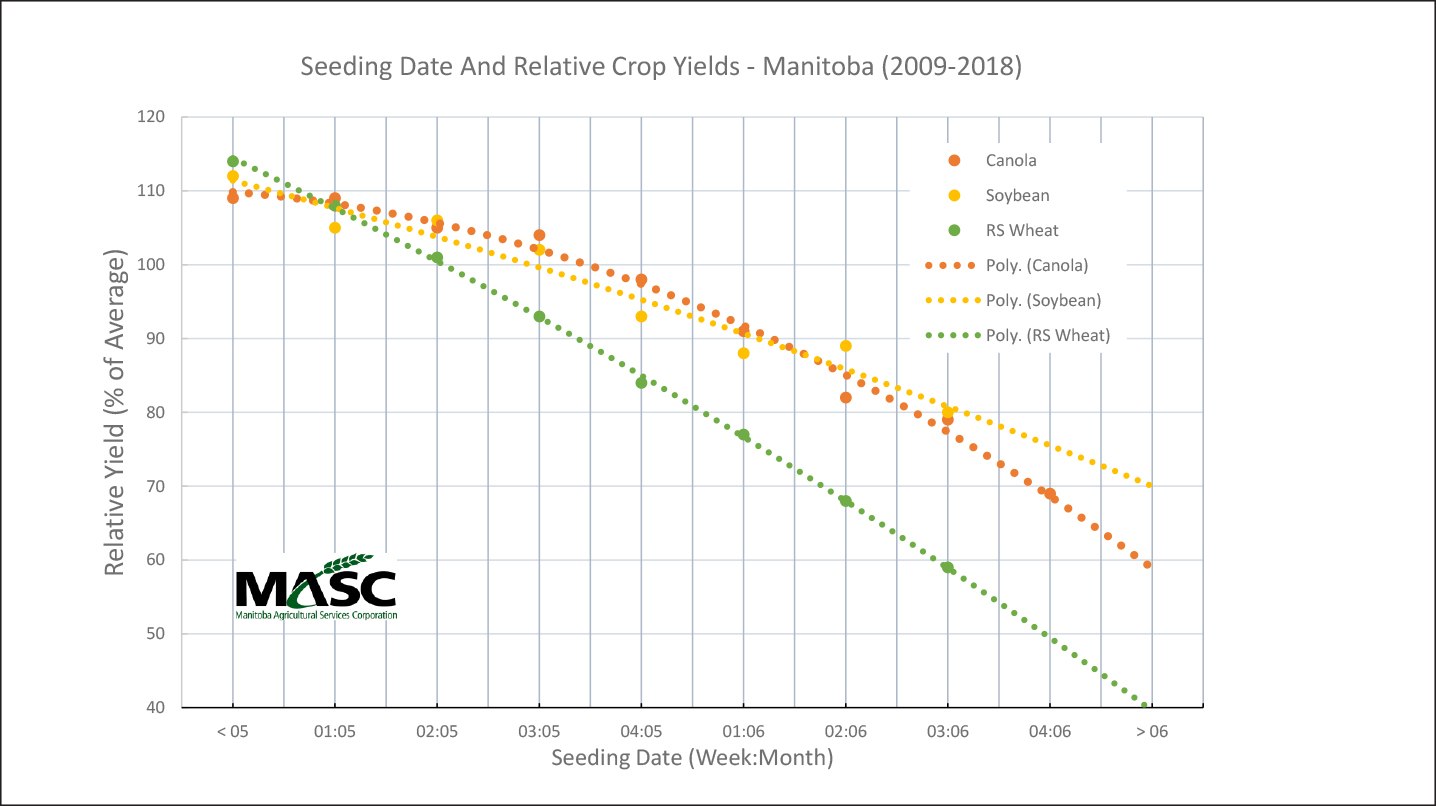Crop insurance data can enhance decision-making
Prairie farmers have a wealth of data they can access to provide production tips for their farms, and provincial crop insurance departments are adding to that available knowledge.
Saskatchewan Crop Insurance Corporation
Canola growers in Canada’s largest crop-producing province can tap into valuable information provided through Saskatchewan Crop Insurance Corporation’s (SCIC) Saskatchewan Management Plus (SMP) online data tool at scic.ca/resources/smp/.
Submitted by producers, the SMP data give farmers actual crop production information to help them make more informed risk management choices for their operations.
“SCIC uses the data we collect to help design, modify and enhance the programs that we offer,” says SCIC president and CEO Shawn Jaques. But the interactive online tool, the first of its kind, allows producers to view results for up to five previous years at a single glance, with users able to customize the data they seek and view it in graph or chart forms.
SCIC’s interactive online tool at scic.ca/resources/smp/ allows producers to view provincial and risk zone results for up to five previous years at a single glance.
Find the Manitoba Management Plus Program (MMPP) online tool at masc.mb.ca under the “Other Programs” tab.
Information available includes acres by variety, acres by risk zone, acres by RM and risk zone, average yield by crop and average yield by risk zone.
SCIC has nearly 19,000 contract holders and insures 30 million acres. Information is collected on every acre insured, Jaques says.
“Producers can look at what’s happening in their area or risk zone and how varieties compare, and it might help them make a choice,” he says. “It’s local information, it’s based on data that’s provided by our producers, so it should be relevant to individual producers.”
Manitoba Agricultural Services Corporation
Farmers in the Keystone province can complement their research sources by using regional variety information provided by the Manitoba Management Plus Program (MMPP). Find it online at masc.mb.ca under the “Other Programs” tab.
Doug Wilcox, Manitoba Agricultural Services Corporation’s (MASC) manager of product knowledge and support, says the online resource offers local, real on-farm variety yield averages for various crops in different municipalities. The information can assist producers in choosing varieties that perform best in their areas.
Wilcox says the most successful producers use benchmarking. For canola, benchmarking can include comparing the annual performance of the crop against that of your neighbours to identify opportunities for improvement.
“Benchmarking against inflated coffeeshop talk doesn’t cut it,” he says. “The regional averages on the MMPP website provide unbiased annual regional average crop yields.
Effective use of fertilizer and crop rotation can have a dramatic positive influence on crop yield, and MMPP provides both unbiased regional average fertilizer information and average Manitoba rotation responses.
The latter can be used to help with crop choice planning, whether it’s deciding how to sequence your tried-and-true crops or selecting new crops to plug into your canola crop rotation cycle, Wilcox says.
Seeding date yield response data is also available. “A wet spring can lead to delayed planting of canola and potentially difficult decisions on which crop to plant next when you finally get a chance to plant,” he says. “The MMPP website provides real life average Manitoba crop yield response to delayed planting, which can help with making the most appropriate decision regarding the best sequence of spring planting.”
Wilcox adds that by increasing the availability of on-farm crop information to producers, MASC has added value to the program data it needs to collect from producers for operational and research purposes.

Alberta’s Agriculture Financial Services Corporation
Agriculture Financial Services Corporation (AFSC) concentrates its data sharing efforts on the Yield Alberta publication, which is available in print or at afsc.ca in PDF format.
AFSC pricing supervisor Jesse Cole says sharing more data online is “where we want to go … but it’s going to take a few years to get it all sorted out.”
Cole speculates about the potential – in a year or year-and-a-half – for offering an interface or link that would allow farmers to share the data they enter into private software systems. That’s also an area that SCIC and MASC are considering.
“There may even be room down the road to provide useful data back to our clients through those mechanisms, if they want that,” he says.
Cole thinks this type of public-private interface might be the easiest route to take in light of any privacy concerns, not to mention a tightening provincial budget. It also empowers those companies to determine the value of the service to their farm clients.
“Ultimately, the goal is to provide useful information that respects privacy, so guidance from AFSC clients and the industry will be crucial to determine what we should be doing with the data,” Cole says.




